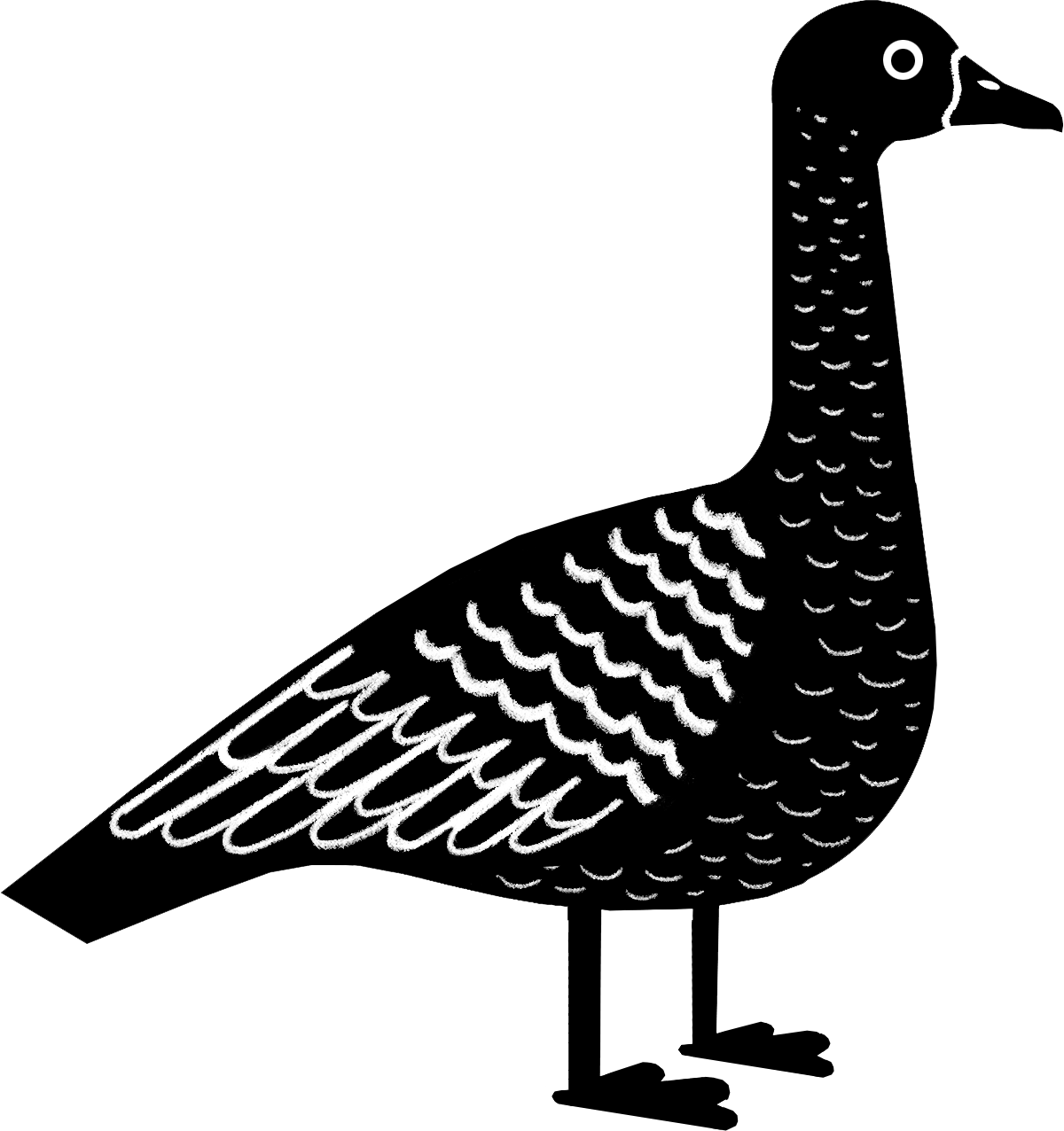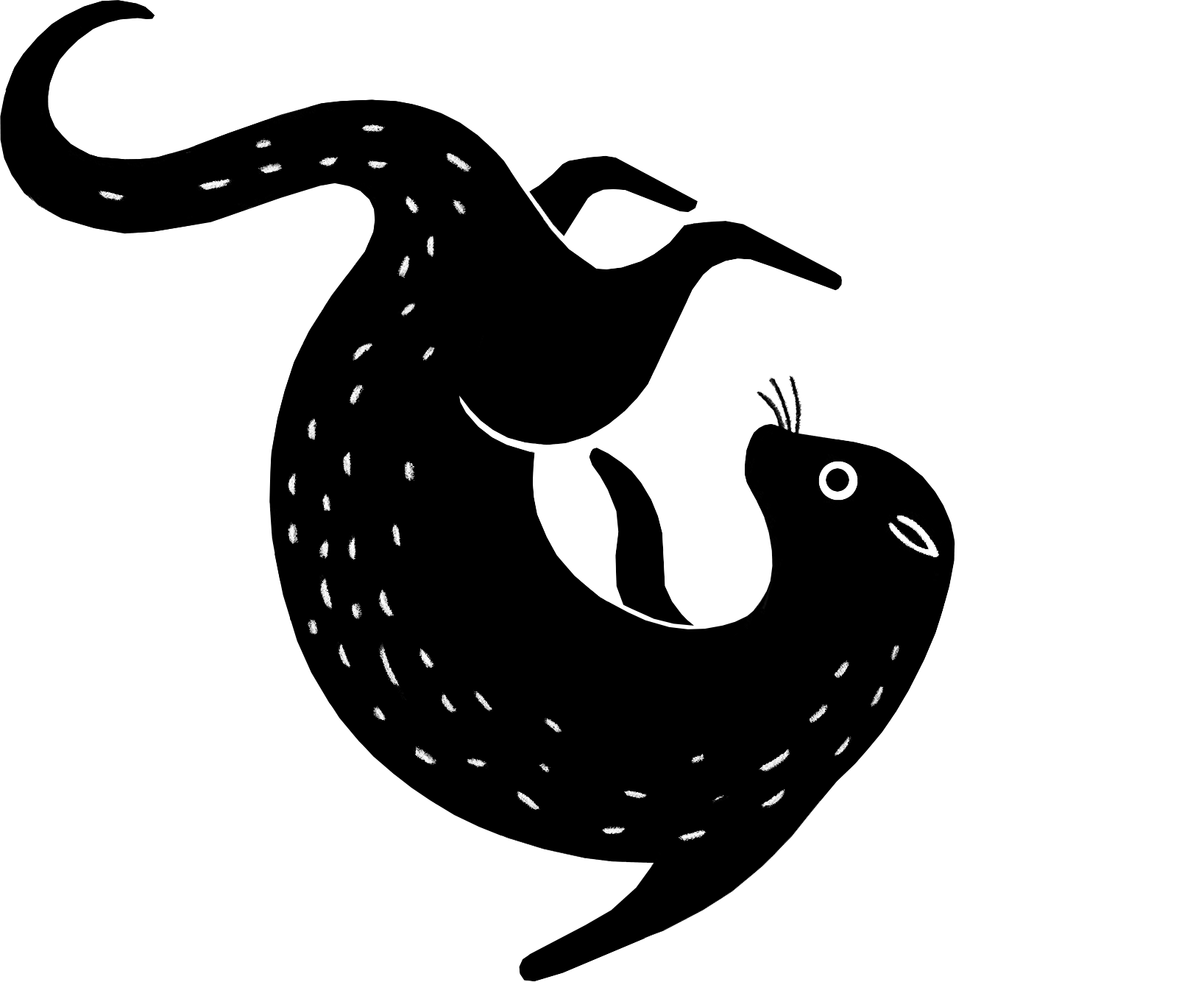The Lurgies
Wilderness on the edge of Montrose
Just before it reaches the sea, the River South Esk flows through Montrose Basin, a wide, shallow bowl that empties and fills twice a day with the tide. It’s the largest stretch of inland salt water in Britain. Low tide exposes a huge expanse of mud flats and salt marsh, rich in tiny shellfish and worms that make a rich feeding ground for birds.
The basin is managed as a Local Nature Reserve. The Scottish Wildlife Trust run a visitor centre where telescopes and video cameras will get you up close to the birds, and you can find out more about this fascinating place.
Little egret
Montrose Basin from The Lurgies
Osprey
Walking and cycling
The Lurgies to Bridge of Dun
A small car park at the intriguingly-named Lurgies is the start of a path around part of the basin and along the south bank of the river. There are several other places around the basin to explore, some with bird hides. See the Scottish Wildlife Trust’s webpage for details.
Flat, with a grass and earth surface that can be uneven and muddy. Kissing gates and one field gate. There may be cattle in the fields. 2½ miles (4 km) for a return trip. Allow 1¼ hours.
Look out for
Pink-footed geese

In October and November, huge skeins of up to 85,000 pink-footed geese stop here on their way from their summer home in Iceland to winter quarters in Britain. Their honking call fills the air and is a sign that winter is on the way.
Otter

Otters live around the basin and along the river. They feed mostly on fish, but they’ll eat frogs and toads too! Improvements in the water quality in the rivers of the South Esk means the population of these charming animals is increasing.
